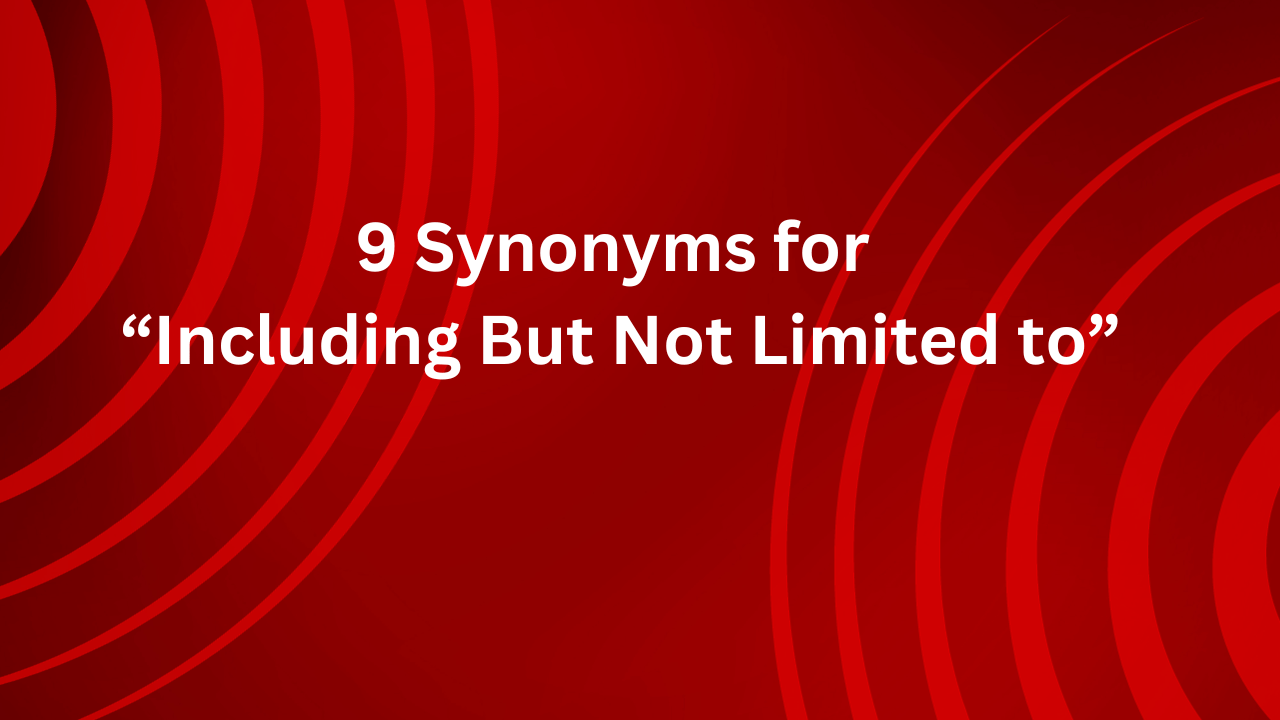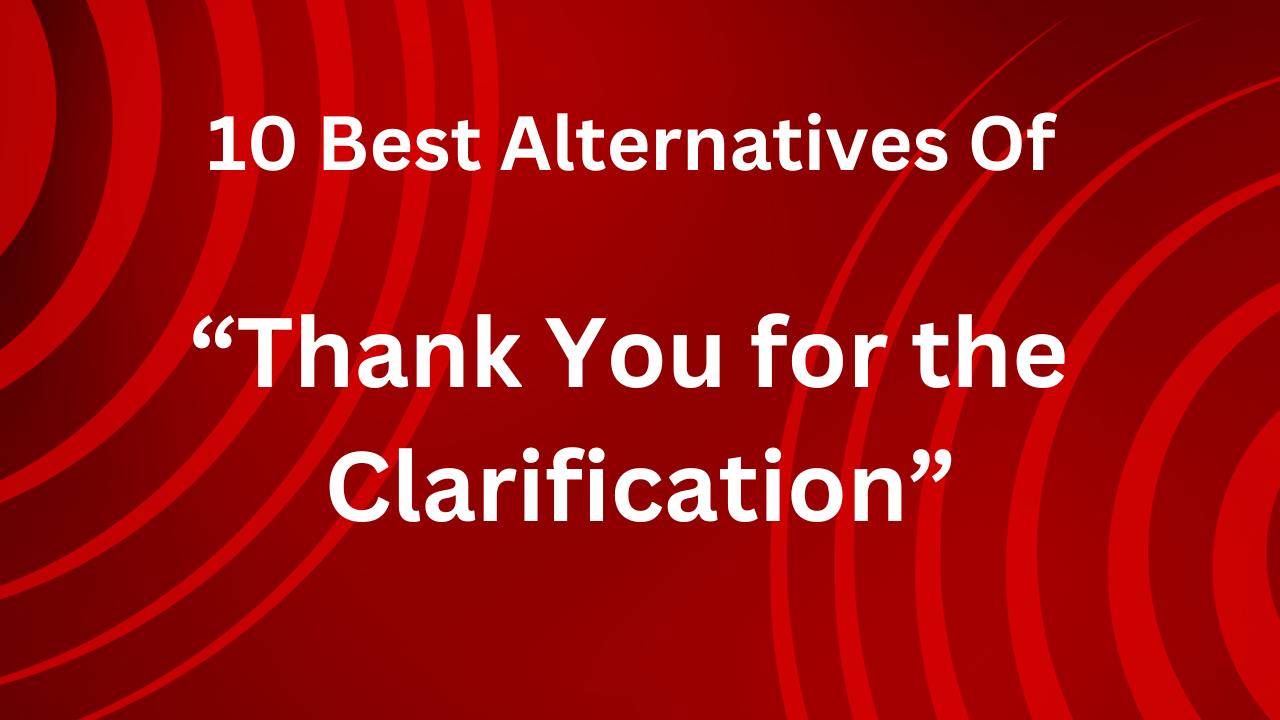Describing “Please Let Me Know What You Think” Seeking an outside perspective is a valuable way to improve the quality of your work.
If you plan to include “please tell me what you think” in a business email to a colleague, it’s important to navigate this request with tact and politeness.
This article covers the art of politely expressing the “please tell me what you think” sentiment in a professional context.
Is It Polite to Say “Please Let Me Know What You Think”?
Expressing a request with “Please tell me what you think” is already a polite and effective choice. This phrase has a professional tone, making it suitable for a variety of formal email scenarios.
It serves as a great tool for getting feedback on completed work or when experiencing creative blocks.
Consider the following example:
“I value your input, so please let me know what you think of this proposal.”
Advantages of Please Let Me Know What You Think:
The sentence maintains a polite and professional tone.
It serves as an effective means of asking for feedback on your work.
Disadvantages of Please Let Me Know What You Think:
It can be considered somewhat normal.
In some cases, it may indicate a sense of need.
While “please tell me what you think” is an appropriate choice for business emails, introducing varied and polite synonyms can enhance your conversation.
Continue reading to discover alternative ways to say “please tell me what you think” in a professional and polite manner. With each alternative, we’ve provided examples to guide your use in different contexts.
Read this post also: 10 Best Alternatives Of “I Will Keep You Posted”
What to Say Instead of “Please Let Me Know What You Think”

“I’m eager to hear your insights on this matter.”
“How do you perceive this proposal?”
“Kindly share your perspective on this.”
“I’m interested in your take on this concept.”
“Could you provide your viewpoint on this matter?”
“I welcome any insights you may have on this issue.”
“I’m curious to know your stance on this topic.”
“Your thoughts on this would be greatly appreciated.”
“Feel free to add your perspective to this discussion.”
“What insights can you offer regarding this matter?”
“I’m eager to hear your insights on this matter.”
Expressing eagerness adds a positive tone to your request for feedback. By saying, “I’m eager to hear your insights on this matter,” you show genuine enthusiasm for the recipient’s input.
This phrase maintains a professional and friendly tone, emphasizing your acceptance of their ideas and opinions. This is also best alternate of Please Let Me Know What You Think.
Looking for your valuable insight
Dear John,
I hope this message finds you well. As we move forward with [project/proposal], I look forward to hearing your insights on this matter. Your perspective matters, and I look forward to adding your thoughts to our ongoing discussions.
Very grateful,
Devon
“How do you perceive this proposal?”
Using the word “understand” in the context of a proposition introduces a nuanced and thoughtful dimension. The sentence, “How do you understand this proposition?”
Encourages the recipient to share their own subjective interpretation, promoting a detailed and reflective response. This is also best alternate of Please Let Me Know What You Think
Seeking your feedback on the proposal
Dear John,
I hope this email finds you in good spirits. I am reaching out to gather your insights on our recent proposal. How do you understand this proposal? Your perspective is important in shaping our next steps, and I appreciate your consideration.
well wishes,
Devon
“Kindly share your perspective on this.”
The addition of “please” adds a sense of politeness to the request. “Please share your perspective on this” maintains formality while creating a polite atmosphere while emphasizing the importance of the recipient’s perspective. This is also best alternate of Please Let Me Know What You Think
Request your view
Dear John,
You feel good about trusting this email. I seek your valuable feedback on [Project/Topic]. Please share your perspective on this matter. Your insights contribute to shaping our collective understanding.
Sincerely,
Devon
“I’m interested in your take on this concept.”
Expressing interest in a recipient’s concept adds a personal touch. “I’m interested in your take on this concept” conveys genuine curiosity,
fosters a sense of collaboration and emphasizes the recipient’s unique perspective. This is also best alternate of Please Let Me Know What You Think
Your insightful concept
Dear John,
I trust you are well. As we explore [concept/topic], I’m genuinely interested in your perspective on this concept. Your perspective matters, and I look forward to integrating your insights into my discussions.
Very grateful,
Devon
“Could you provide your viewpoint on this matter?”
The use of “point of view” introduces a degree of formality and specificity. “Can you offer your perspective on the matter?”
Directs the recipient to share a holistic assessment, contributing to a more detailed and informed discussion. This is also best alternate of Please Let Me Know What You Think
Finding your perspective
Dear John,
I hope you like this message. I am contacting to get your valuable feedback on [project/issue]. Can you offer your perspective on this matter? Your comprehensive insights are important in our decision-making process.
well wishes,
Devon
“I welcome any insights you may have on this issue.
The phrase “I welcome any insight” creates an open and inclusive tone. It encourages the recipient to share their ideas freely, fostering a collaborative environment.
This expression conveys a sincere invitation for the recipient’s input. This is also best alternate of Please Let Me Know What You Think
Your insights are welcome on any issue.
Dear John,
You feel good about trusting this email. I am currently working on [issue/project] and would like to invite. I welcome any insight you have on this issue. Your contribution to shaping our collective understanding is highly valued.
Sincerely,
Devon
“I’m curious to know your stance on this topic.”
Adding curiosity to the application adds an element of intrigue. “I’m curious to know your position on this topic” indicates a genuine interest in the recipient’s perspective, fostering engagement and a thoughtful response. This is also best alternate of Please Let Me Know What You Think
Your position on any topic.
Dear John,
I hope this message finds you in good health. As we study [topic/project], I am eager to know your position on this topic. Your unique perspective is an integral part of our joint efforts.
Very grateful,
Devon
“Your thoughts on this would be greatly appreciated.”
Expressing appreciation adds a layer of gratitude to the request. “Your thoughts on this would be greatly appreciated” conveys a sincere acknowledgment of the recipient’s contribution,
creating a positive and collaborative tone. This is also best alternate of Please Let Me Know What You Think
Looking for your admirable ideas
Dear John,
I hope this email reaches you well. I am looking for your valuable input on [project/issue]. Your thoughts on this would be greatly appreciated. Your insights contribute to our shared goals.
well wishes,
Devon
“Feel free to add your perspective to this discussion.”
Encouraging the recipient to “feel free” creates an open and collaborative environment. “Feel free to add your perspective to this discussion”
emphasizes inclusion, inviting the recipient to freely contribute to the ongoing conversation. This is also best alternate of Please Let Me Know What You Think
Your views are welcome in the discussion.
Dear John,
Trusting this message puts you in good spirits. I am currently engaged in discussions regarding [topic/project]. Feel free to add your perspective to this discussion. Your input enriches our collective understanding.
Sincerely,
Devon
“What insights can you offer regarding this matter?”
Asking a direct question like “What insight can you offer” prompts a detailed and thoughtful response. This expression encourages the receiver to provide specific insight,
which helps in a more comprehensive understanding of the issue. This is also best alternate of Please Let Me Know What You Think
Looking for your insight on [project/topic].
Dear John,
Hope you are receiving this email safely. As we navigate [project/topic], I’m eager to gather your insights. What insight can you offer about this matter? Your perspective is key in shaping our informed decisions.
Very grateful,
devon
FAQs
Are these alternatives interchangeable, or should I choose a specific one based on the context?
While these alternatives share a common theme of getting feedback, their nuances cater to different tones and levels of formality. Choose an alternative that fits the specific context and relationship dynamics.
Can these expressions be used in verbal communication as well, or are they specifically for written correspondence?
These expressions are versatile and can be adapted to both written and oral communication. Consider the nature of the interaction and adjust the formality accordingly.
How do I ensure that my request for feedback comes across as sincere and respectful?
Personalize your communication based on the recipient’s preferences and the nature of your relationship. Use these alternatives as a basis and tailor them to fit the context.
Are these alternatives suitable for professional settings only, or can they be used in more casual environments to say Please Let Me Know What You Think?
Conclusion:
In the realm of professional communication, the ability to solicit thoughtful feedback is paramount. The alternatives provided for “Please Tell Me What You Think” offer a diverse array of expressions, each carefully crafted to convey a unique tone and intent.
From expressing curiosity to emphasizing appreciation, these alternatives cater to a variety of scenarios, fostering open and collaborative sharing. The key lies in choosing the alternative that best aligns with the specific context, relationship dynamics, and desired level of formality.
Remember that effective communication is a dynamic process, and adapting your language to the situation helps build strong professional relationships. Whether it’s getting feedback on projects, proposals, or ideas, these alternatives provide plenty of options to expand your communication toolkit.










